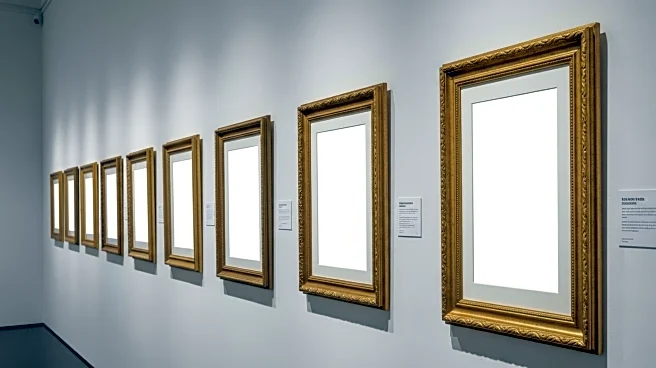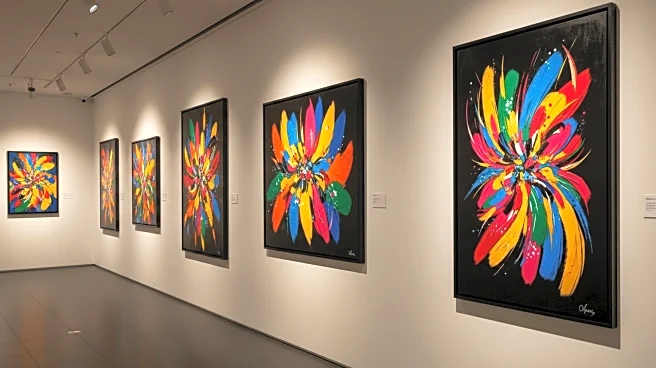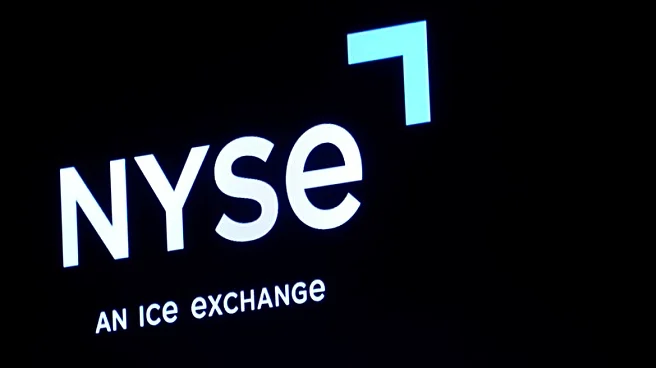What's Happening?
Thomas S. Kaplan, a prominent art collector, is set to exhibit his extensive collection of 17th-century Dutch art in the United States for the first time. The collection, known as The Leiden Collection, comprises over 220 works and is one of the largest private holdings of Dutch Old Masters. A significant portion of this collection will be displayed at the Norton Museum of Art in West Palm Beach from October 25, 2025, to March 29, 2026. Kaplan has been collecting since 2003, and his passion for Rembrandt and other artists from the Dutch Golden Age has driven the growth of his collection. Kaplan is also considering fractionalizing the collection into shares and floating it as an IPO, which would be a novel approach in the art world.
Why It's Important?
The exhibition of The Leiden Collection in the United States marks a significant cultural event, offering American audiences access to masterpieces from the Dutch Golden Age. This move could influence the art market by increasing interest in Old Masters, which have historically been less popular among younger collectors. Kaplan's consideration of an IPO for the collection could revolutionize art ownership, making it more accessible to a broader audience. This could lead to increased investment in art as a financial asset, potentially altering the dynamics of art collection and ownership.
What's Next?
The exhibition at the Norton Museum of Art will coincide with the 400th anniversary of the Dutch founding of New York, adding historical significance to the event. Kaplan's potential IPO could attract attention from investors and art enthusiasts alike, possibly setting a precedent for future art collections. The success of the exhibition and the IPO could encourage other collectors to explore similar avenues, potentially reshaping the art market.
Beyond the Headlines
Kaplan's collection intersects with his interests in wildlife conservation and cultural heritage protection, highlighting the multifaceted nature of art collecting. His approach to art as a public domain resource reflects a philanthropic mindset, aiming to share cultural treasures with the world. This exhibition could spark discussions on the ethical dimensions of art ownership and the role of private collectors in preserving cultural heritage.













